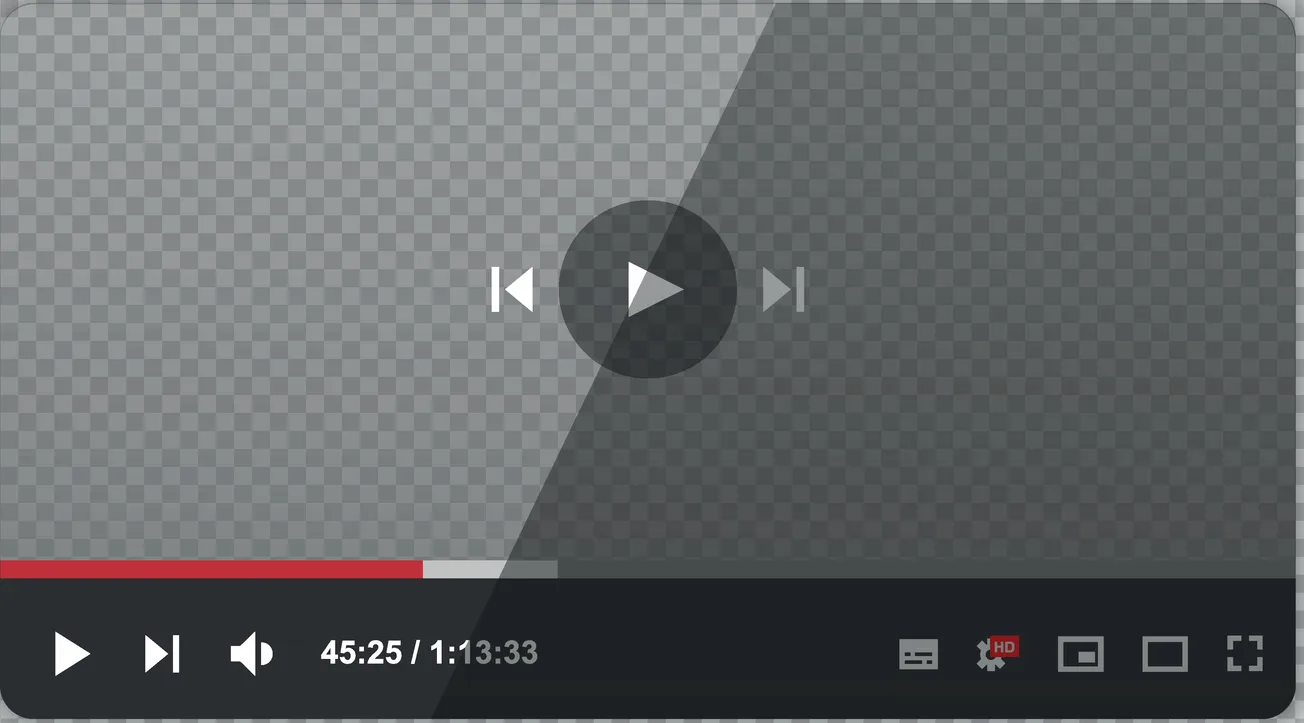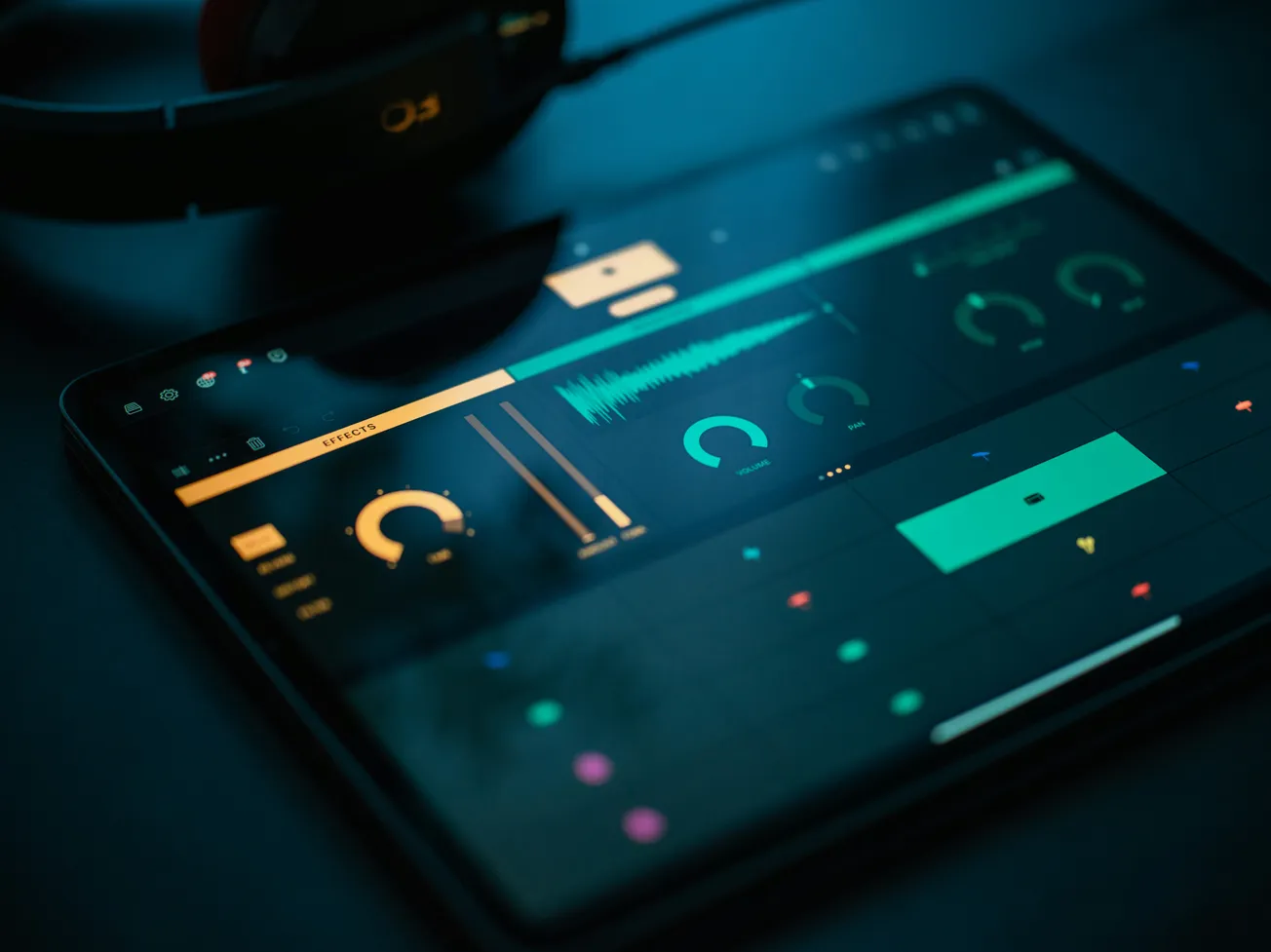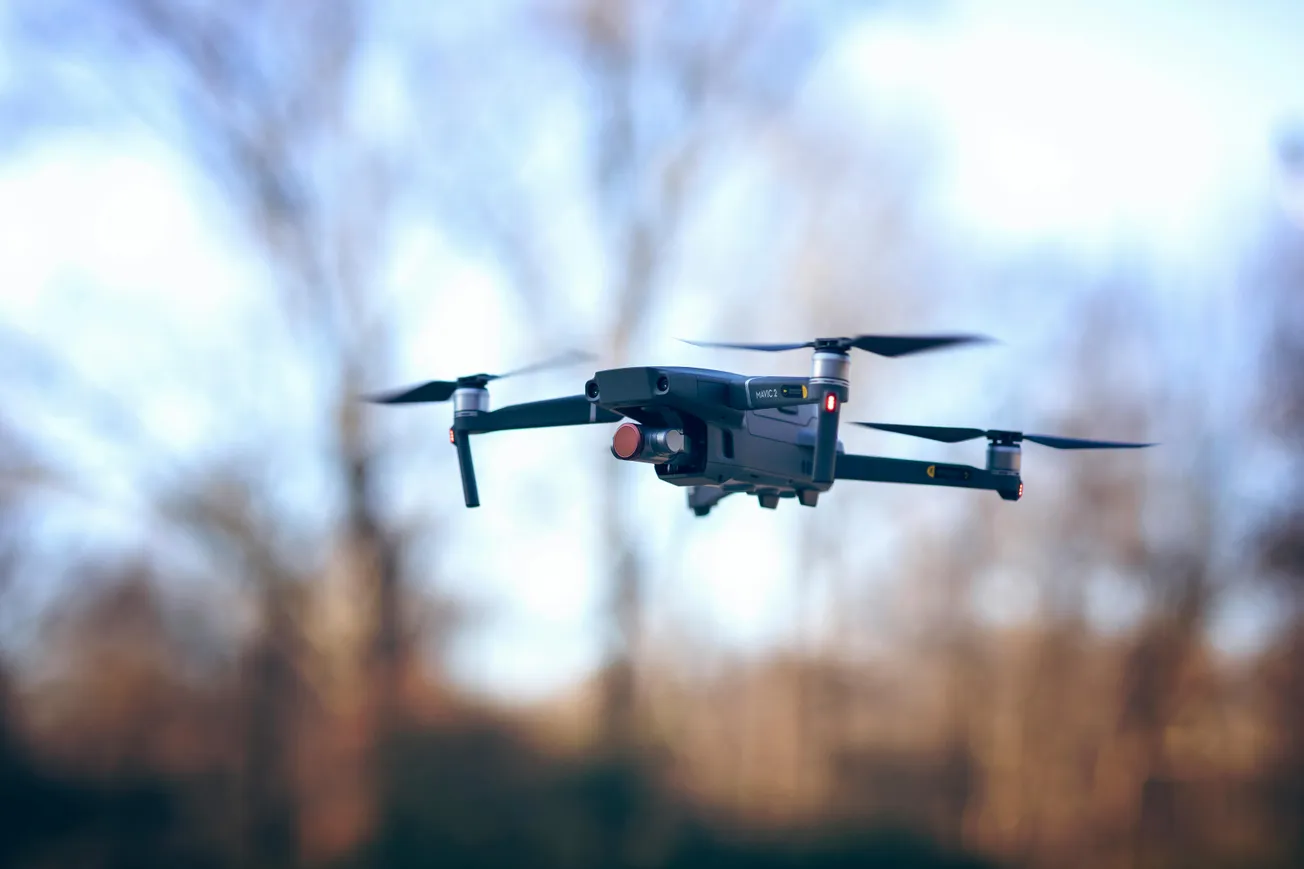In a recent analysis by Signal Hill Insights, researchers pushed back on the narrative that YouTube is dominating the podcasting space. While the platform enjoys strong user engagement and growing relevance in the podcast ecosystem, Signal Hill’s data suggest that audio-first platforms still hold substantial ground.
Their findings reinforce the notion that while YouTube plays an increasingly important role in podcast distribution, the platform presents a range of strategic and operational challenges that podcasters must consider—particularly those working independently or in niche formats.
Video Expectations and Production Demands
One of the most significant barriers for podcasters moving to YouTube is the platform’s video-first nature. While traditional podcast production often involves a relatively streamlined workflow, creating video content introduces new requirements.
High-definition cameras, lighting setups, editing software, and post-production time all become standard components of the process. For independent creators or small teams, this shift represents a substantial increase in cost, time, and complexity.
Additionally, audience expectations for production quality on YouTube are shaped by a wide variety of polished content creators. Inconsistent visual quality or lack of compelling on-screen elements can impact credibility and viewer retention, even if the underlying audio content is strong.
Format Misalignment for Certain Genres
Not all podcast formats translate naturally to YouTube.
While interview-based shows and news commentary can benefit from video, other genres—such as narrative storytelling, fiction podcasts, or intimate monologues—often do not. These formats rely heavily on the immersive qualities of audio and the listener’s imagination, both of which can be undermined by visuals that feel unnecessary or forced.
Podcasts recorded in mobile or field environments, or those intended to be consumed passively (e.g., during commutes or chores), may also lose their core appeal when adapted to video.
Monetization Complexity and Platform Constraints
YouTube offers several monetization avenues, including ad revenue, memberships, and Super Chats.
However, these benefits are not automatically available to all creators. Podcasters must meet eligibility requirements—such as a minimum number of subscribers and view hours—before accessing YouTube’s Partner Program.
Even once monetized, revenue is far from guaranteed.
CPM rates on longer-form podcast content can be inconsistent, and content related to sensitive or controversial topics may be demonetized or deprioritized in YouTube’s recommendation system. This introduces an additional layer of uncertainty and risk, especially for creators relying on their shows for income.
Algorithm Dependence and Discovery Limitations
While YouTube’s algorithm can drive significant exposure, its opaque nature makes it difficult for creators to plan consistent growth. A show that performs well one month may struggle the next, depending on how the platform classifies and recommends content.
This contrasts with podcast apps, where subscriptions provide a more direct and reliable connection between podcaster and listener.
Moreover, success on YouTube requires fluency in platform-specific strategies, including search engine optimization, custom thumbnails, detailed metadata, and engagement tactics.
For podcasters accustomed to audio-first workflows, this represents an entirely new skill set.
Fragmented Distribution and Audience Management
Uploading to YouTube means managing a separate distribution workflow, as the platform does not currently support RSS feeds for traditional podcast delivery. This creates redundancies and complicates analytics, as performance metrics are split across platforms.
Audience fragmentation can also lead to inconsistent engagement. A fan who follows a podcast on Spotify or Apple may not engage with the same content on YouTube, and vice versa.
For creators trying to build a unified brand and community, this split poses strategic and logistical challenges.
Conclusion
While YouTube is an increasingly powerful distribution channel for podcasts—particularly those with a visual component or mainstream appeal—it is not an ideal fit for every creator. As the Signal Hill Insights report emphasizes, the platform’s rising prominence should not be mistaken for total dominance.
For many podcasters, especially those producing niche, narrative, or audio-first content, YouTube presents more challenges than solutions. Success on the platform requires careful consideration of format, investment in video infrastructure, and a willingness to navigate a constantly shifting algorithmic landscape.
As the podcasting ecosystem continues to evolve, creators must make strategic decisions about where and how to grow their audiences—recognizing that YouTube, while influential, is not a one-size-fits-all solution.









